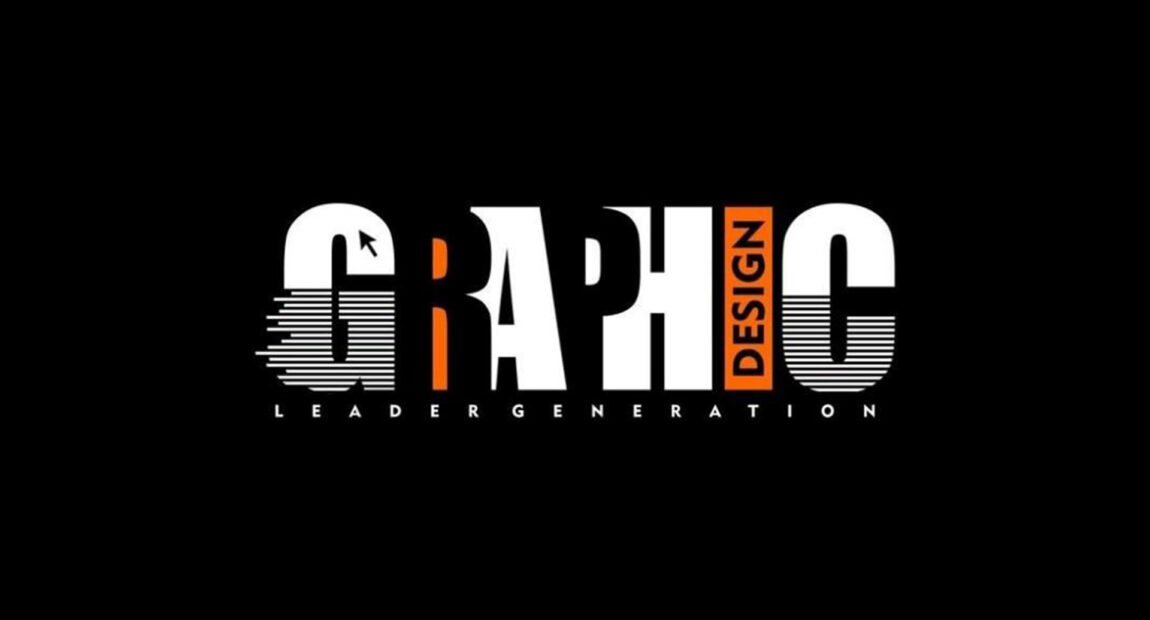
Course Description: Graphic Design
Graphic Design is the creative process of visually communicating ideas, messages, and stories through typography, color, images, and layout. This course equips students with the artistic creativity and technical skills needed to design compelling visuals for print, digital media, advertising, branding, and social platforms.
Students will learn to use industry-standard design software such as Adobe Photoshop, Illustrator, and InDesign, while also exploring principles of design, branding, and visual communication. The course emphasizes both creativity and functionality—teaching students how to craft visuals that are not only aesthetically pleasing but also effective in delivering a message.
Through hands-on projects, critiques, and portfolio-building assignments, participants will develop professional skills in logo design, poster creation, publication layout, web graphics, and social media content. By the end of the course, students will have a polished portfolio showcasing their versatility as graphic designers, ready to pursue careers in advertising, publishing, digital media, freelancing, or entrepreneurship.
Who Should Enroll:
- Aspiring graphic designers seeking professional skills.
- Photographers, videographers, and media professionals expanding into design.
- Content creators, marketers, and entrepreneurs building digital brands.
- Anyone passionate about visual creativity and digital design.
Course Outline: Graphic Design
Module 1: Introduction to Graphic Design
- History and evolution of graphic design
- Role of design in communication and branding
- Overview of career paths in design
- Understanding the creative process
Module 2: Principles of Design
- Elements of design: line, shape, color, texture, space
- Principles of design: balance, contrast, alignment, hierarchy, repetition
- Color theory and psychology
- Typography basics and font pairing
Module 3: Tools & Software for Design
- Introduction to Adobe Creative Suite (Photoshop, Illustrator, InDesign)
- Vector vs. raster graphics
- File formats and resolution (for print and digital)
- Setting up design documents (print, web, social media)
Module 4: Adobe Photoshop for Design
- Photo editing and retouching
- Working with layers, masks, and filters
- Compositing and digital painting
- Creating posters, flyers, and web graphics
Module 5: Adobe Illustrator for Design
- Vector illustration and logo design
- Creating icons, infographics, and scalable artwork
- Advanced pen tool techniques
- Designing branding materials (logos, business cards, letterheads)
Module 6: Adobe InDesign for Layout Design
- Publication and print design
- Magazine, brochure, and book layouts
- Working with grids, guides, and master pages
- Preparing files for print and digital publishing
Module 7: Branding & Visual Identity
- Understanding brand strategy and identity
- Logo development process
- Designing brand style guides
- Case studies of successful branding projects
Module 8: Motion Graphics & Digital Content
- Basics of motion design (After Effects introduction)
- Social media graphics and animations
- Designing for websites and mobile apps
- Interactive design principles
Module 9: Professional Practice
- Design thinking and creative problem solving
- Working with clients and design briefs
- Time management and workflow in design projects
- Freelancing vs. working in agencies
Module 10: Portfolio & Career Development
- Building a professional design portfolio
- Preparing case studies and project presentations
- Marketing yourself as a designer
- Career opportunities in graphic design
Capstone Project
- Students create a complete branding package (logo, stationery, posters, and digital content) for a real or simulated client.
- Final showcase and critique session.
- Portfolio submission for career readiness.
